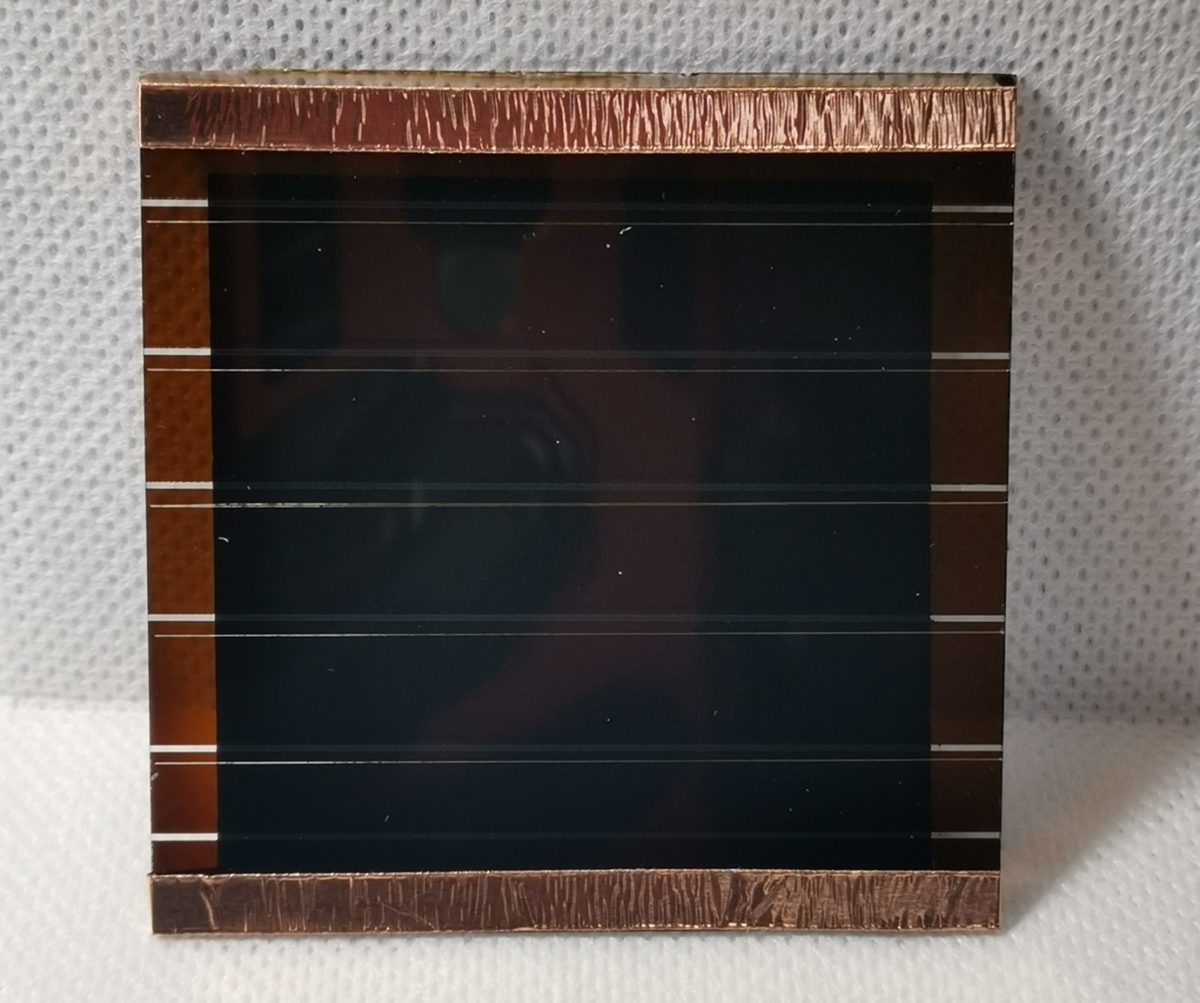Greatcell Energy has achieved a power conversion efficiency of 32% for a 100% inorganic perovskite cell designed for indoor applications.
“This is a single-junction, single cell with linear conduction width of 1.5 cm to simulate product-sized cells,” the company's managing director, Paul Moonie, told pv magazine. “The inorganic perovskite crystallizes at room temperature, so processing is compatible with common flexible substrates.”
The Australian perovskite solar cell maker said the result is a world record for inorganic perovskite solar cells.
“It was not certified by an independent entity, as there is no established independent certification for low-light solar cell performance,” Moonie said. “However, we do comply with all relevant international standards such as IEC 63163, including for long-term stability and durability testing.”
The company built the cell with roll-to-roll compatible coating technology. It designed the cell without a hole transport layer (HTL) and using carbon composite back contact, which it claims has excellent electrical conductivity.
“We are in the process of moving from semi-tech to full-scale production using this manufacturing technique,” he said, noting that, with further improving, the optoelectronic quality of perovskite and its interfaces, plus carbon composites-based back contact, may soon reach an efficiency of 40%. “Our aim is not just producing high-performance and long-life solar cells, but also utilizing low-cost materials. In saying that, our efficiencies are currently much higher than off-the-shelf indoor PV, and our potential customers are satisfied with our performance to offer advanced power solutions to their Internet-of-Things (IoT) devices.”
In 2021, GreatCell acquired a solar module factory in Australia from Tindo Solar. In May, it announced plans to expand the factory.
*The article was updated on October 18 to reflect that the company's name is Greatcell Energy and not Greatcell Solar.
This content is protected by copyright and may not be reused. If you want to cooperate with us and would like to reuse some of our content, please contact: editors@pv-magazine.com.




When we say 32% efficiency, is that number so high because it is based on lower levels of indoor lighting, but being very good at this lower lighting?